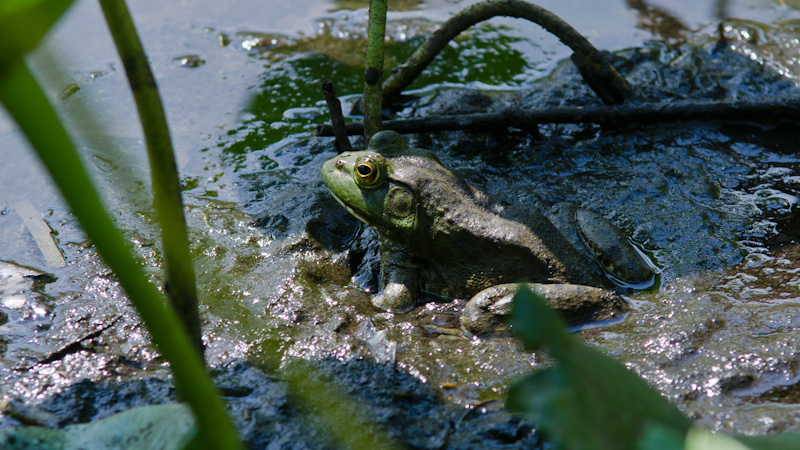Texas State Soil and Water Conservation Board (TSSWCB)
Why Develop a Water Quality Management Plan?
The Water Quality Management Plan Program (WQMP) is a voluntary program for agricultural and silvicultural producers. The goal is to identify and manage nonpoint source water pollution, which may include animal waste, soil erosion, and pesticide runoff.
A WQMP includes site-specific, appropriate land practices, production practices, management measures, and technologies implemented to meet state standards for pollution prevention or abatement. The WQMP will be based on Natural Resource Conservation Service (NRCS) Field Office Technical Guide for each county.
Development of a WQMP can be a spring- board to other conservation programs where assistance may be available for wetland conservation. Sometimes a WQMP may be required by other programs in order for the landowner to qualify for funding.
Funding Water Quality Management Plan Implementation
TSSWCB offers cost-share funding up to $15,000 for implementation of approved practices. Priority funding is based on geographic location. The list of priority locations and approved practices at the website below.
TSSWCB will include NRCS wetland best management practices in the WQMP. Though wetland enhancement and restoration are not eligible practices for cost-share funding in 2015, other approved practices can benefit wetlands. For example, fencing installed to protect stream health can benefit fringe wetlands along the bank. Another example is the planting of riparian trees or plants to prevent erosion, with potential wetland benefits.
Getting Started:
Contact your local Soil and Water Conservation District (SWCD) to request assistance with the WQMP program:



